Amount of light truly necessary
EngulfingFlame
10 years ago
Related Stories
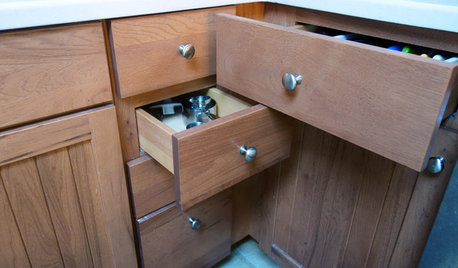
FUN HOUZZ10 Truly Irritating Things Your Partner Does in the Kitchen
Dirty dishes, food scraps in the sink — will the madness ever stop?
Full Story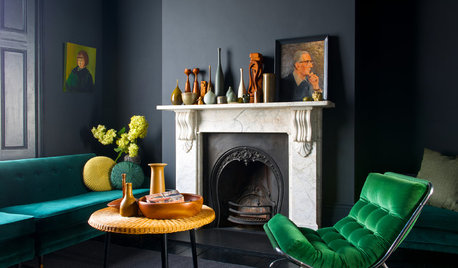
COLORHow to Add Just the Right Amount of Dramatic Black
Done right, black can add punch and personality to just about any room. Here’s how to go over to the dark side in style
Full Story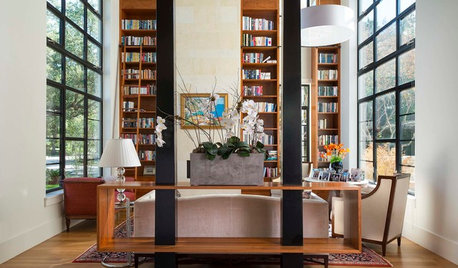
REMODELING GUIDESGreat Ways to Dress Up Those Necessary Columns
Many homes need a structural column or two, especially in today's open-plan spaces. Here's how to turn them into superstars
Full Story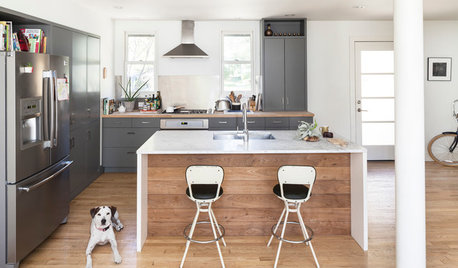
KITCHEN DESIGNNew This Week: 4 Subtle Design Ideas With Big Impact for Your Kitchen
You’ve got the cabinets, countertops and appliances in order. Now look for something to make your space truly stand out
Full Story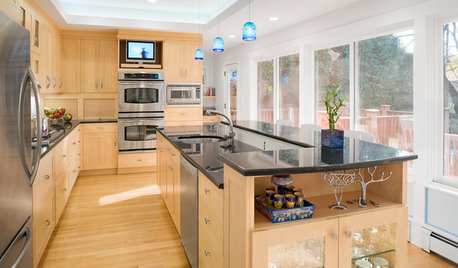
UNIVERSAL DESIGNHow to Light a Kitchen for Older Eyes and Better Beauty
Include the right kinds of light in your kitchen's universal design plan to make it more workable and visually pleasing for all
Full Story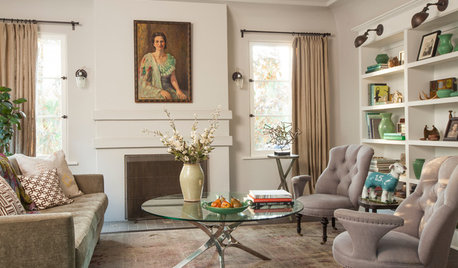
LIVING ROOMSNew This Week: 5 Fully Decorated Living Rooms That Don’t Go Overboard
See how designers filled these recently uploaded spaces with the right amount of furniture and accessories
Full Story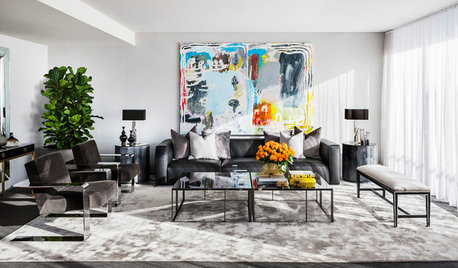
BUDGET DECORATING8 Cost-Effective Ways to Get a High-End Look
Don’t discount that expensive material yet. By using a small amount in a strategic way, you can get a luxurious look without the expense
Full Story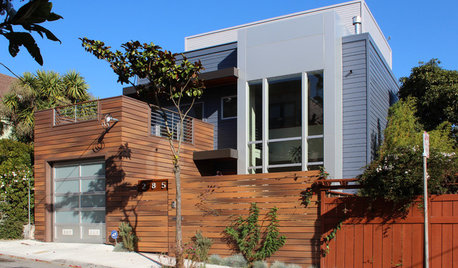
MATERIALSShould You Use Composite Timber in Your Landscape?
This low-maintenance alternative to wood is made from varying amounts of recycled plastic. Consider it for decks, fences and more
Full Story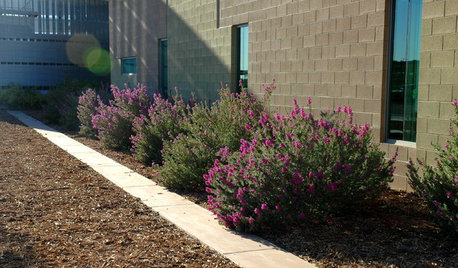
GARDENING GUIDESHow to Avoid Overcrowded, Overpruned Shrubs
Go for a more natural look that’s easier and less expensive to maintain by giving your plants the right amount of growing room
Full Story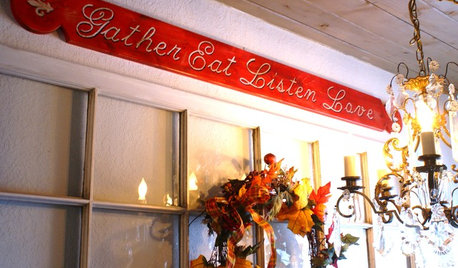
DECORATING PROJECTSHave Your Say With a DIY Decorative Sign
Express your thoughts in just the right amount of space with a hanging sign you easily make yourself
Full StorySponsored
More Discussions






EngulfingFlameOriginal Author
Newguy27
Related Professionals
Clemson Landscape Architects & Landscape Designers · Saint Charles Landscape Architects & Landscape Designers · Fort Mill Landscape Contractors · Gallatin Landscape Contractors · North Ridgeville Landscape Contractors · Ridgewood Landscape Contractors · Roseville Landscape Contractors · Wentzville Landscape Contractors · Weslaco Landscape Contractors · Lauderdale Lakes Landscape Contractors · North Hollywood Fence Contractors · Sacramento Fence Contractors · Pittsburgh Roofing & Gutters · Syracuse Roofing & Gutters · Golden Valley Roofing & GuttersZachS. z5 Platteville, Colorado